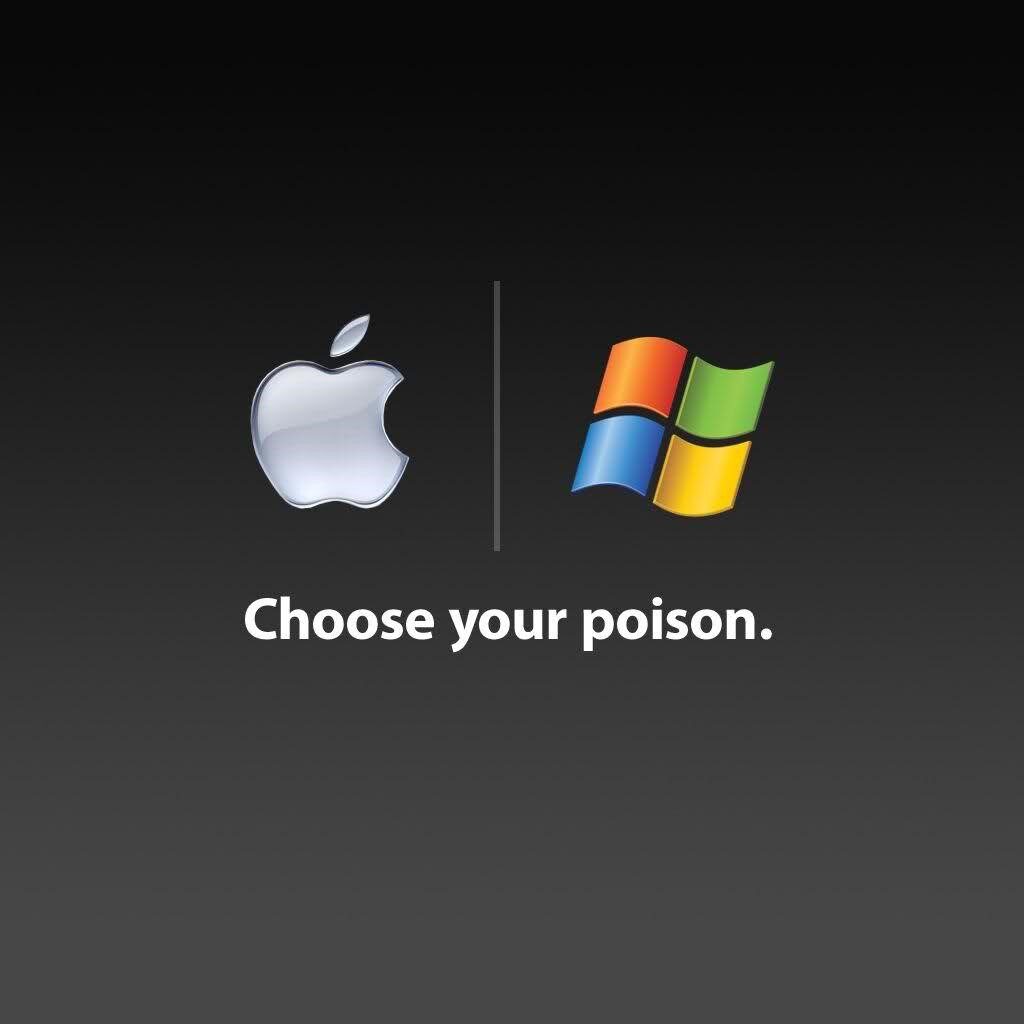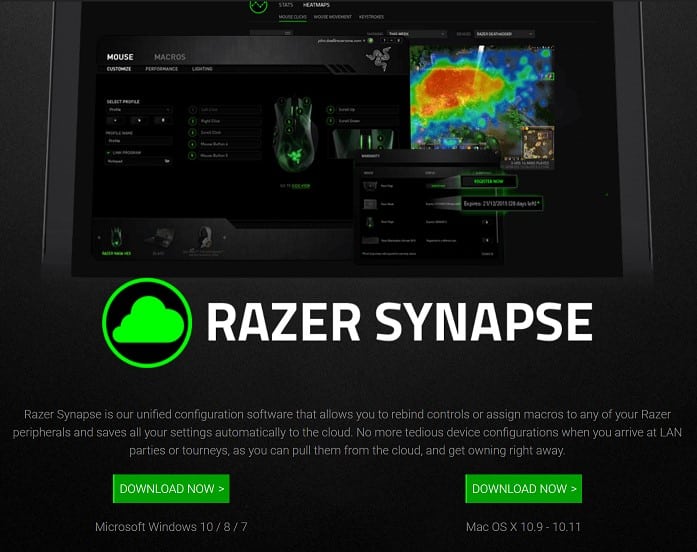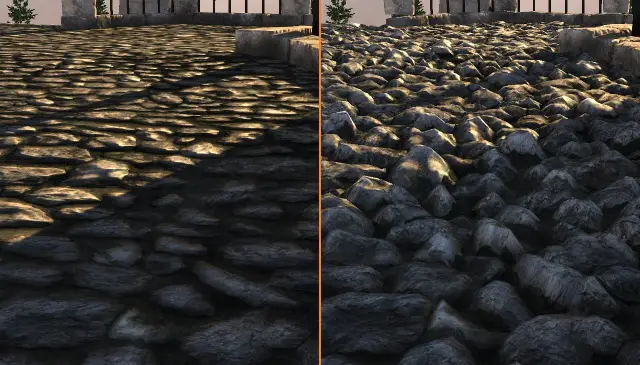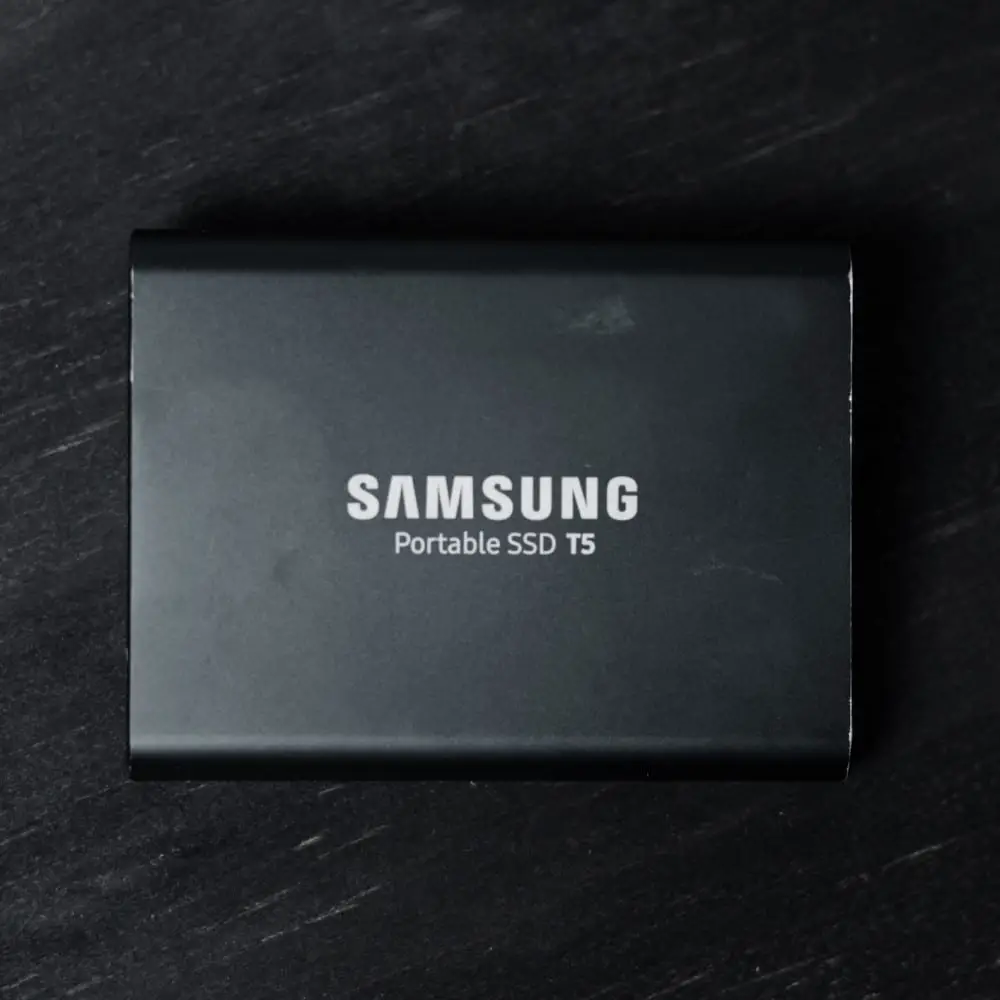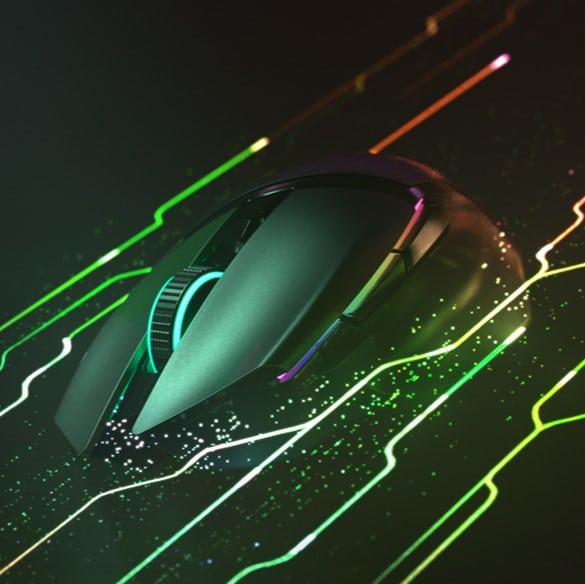When you purchase through links on our site, we may earn an affiliate commission. Learn more...
Your Liquid Cooler is Making Noise? | Here’s How to Fix it

When it comes to the performance of a custom liquid cooler, noise is one of the most important factors. If you are experiencing annoying noises from your AIO Liquid Cooler like rattling, bubbling, or even coil whine sounds, then you should take immediate action.
So many people have had these types of problems and the solutions are rather simple and easy to perform. This in-depth article will show you exactly what’s causing the issue and what you can do to fix it.
Key Takeaways
- Air bubbles trapped inside the pump of an AIO liquid cooler can cause rattling, bubbling, and coil whine sounds.
- Incorrect orientation of the radiator and tubing can cause air bubbles to get trapped inside the pump, reducing the lifespan of the cooler and increasing noise.
- The bubbles inside the pump chamber can occur after prolonged usage and can be resolved by leaning the computer in different directions.
- High-speed mode on the cooler can also increase noise.
Why is the liquid cooler’s pump making noise?
AIO liquid coolers typically come with about 2-10% air inside their closed loop. These small bubbles of air can be trapped inside the pump for several reasons and that’s what makes it produce the weird rattling, bubbling, and coil whine sounds.
When installing a liquid cooler, there will be a lot of noise since water is moving through the tubing for the first time. It’s recommended by the manufacturer to give the cooler a few minutes or even hours to settle.
In about 1-2 hours after installation, you will see its full potential when it comes to noise.
In essence, there are 4 explanations for why the air bubbles in your cooler are making noises. You should also check to see whether the noise is coming from the pump first.
I would highly advise you to take some time and watch the video above from GamerNexus.
Reason #1: Wrong Orientation
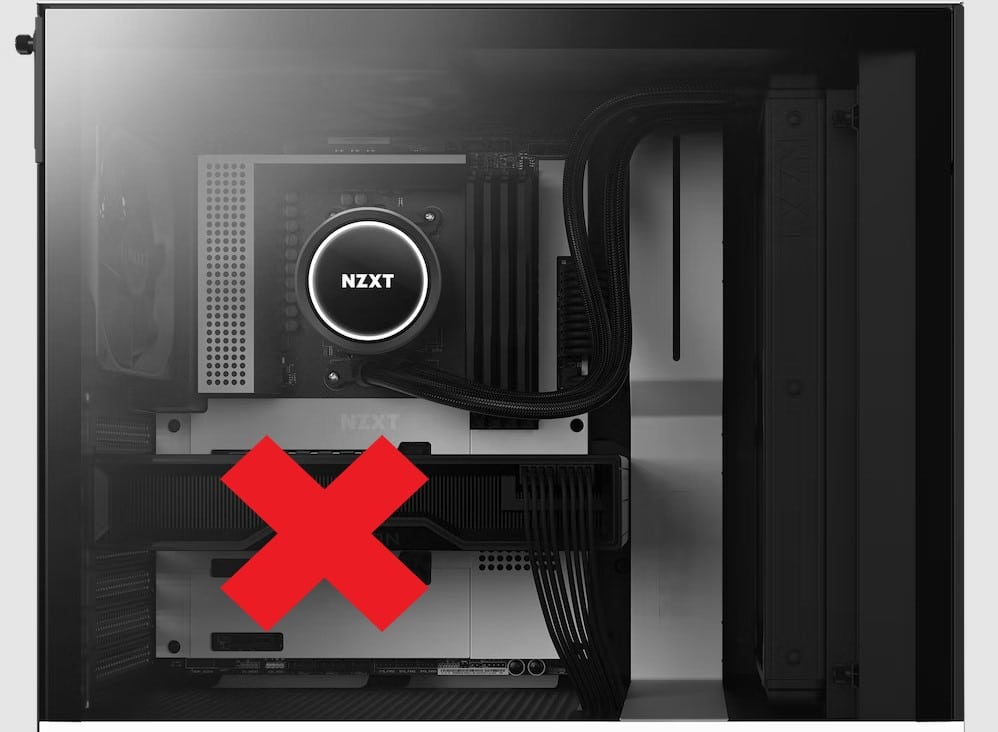
There is a lot of misconception about the correct orientation of the tubing and radiator. Liquid cooler manufacturers are mainly the ones to blame for this as they display the wrong orientation on their websites and promotional pages. (image(1))
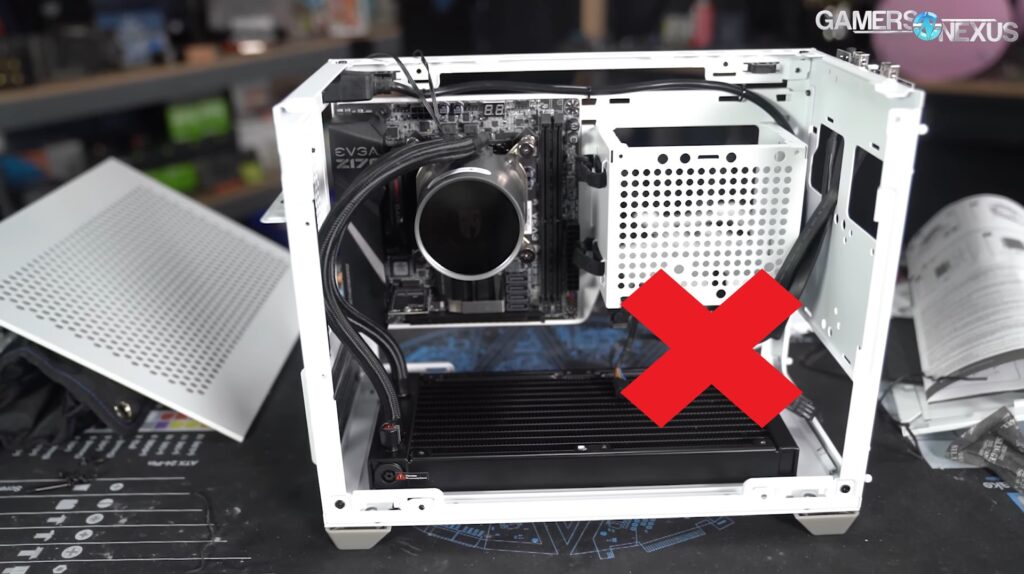
Some people place the radiator below the pump and as a result, all the air bubbles get stuck inside the pump (Image(2)). This is not just bad because of the noise issues but also can reduce the lifespan of the liquid cooler altogether.
Solution
The problem is that air will always try to find its way to the top of the loop so you have to place the radiator at the highest point(above the pump).
That’s because the radiator is manufactured in a way that it can handle the bubbles much more effectively than the pump.
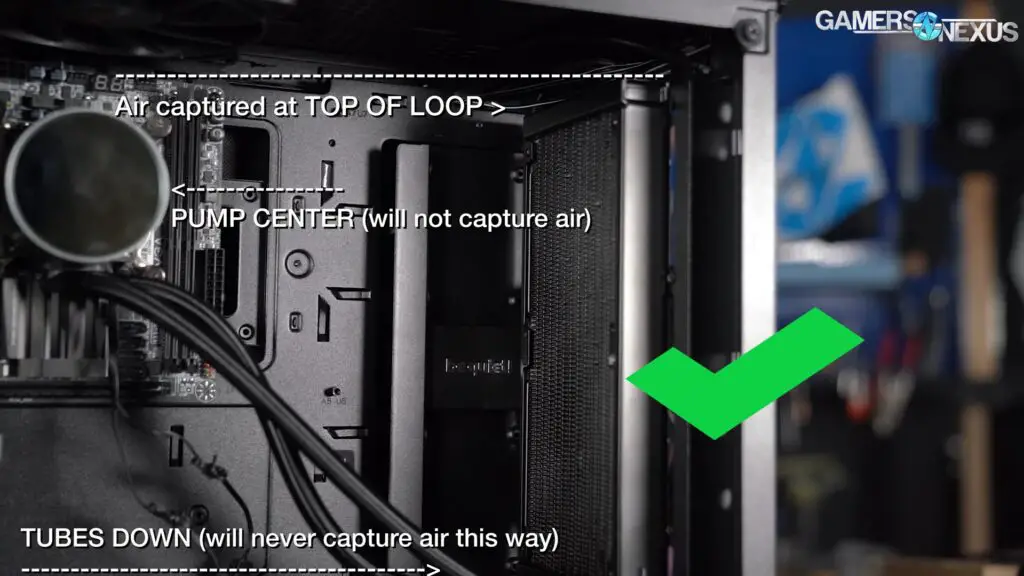
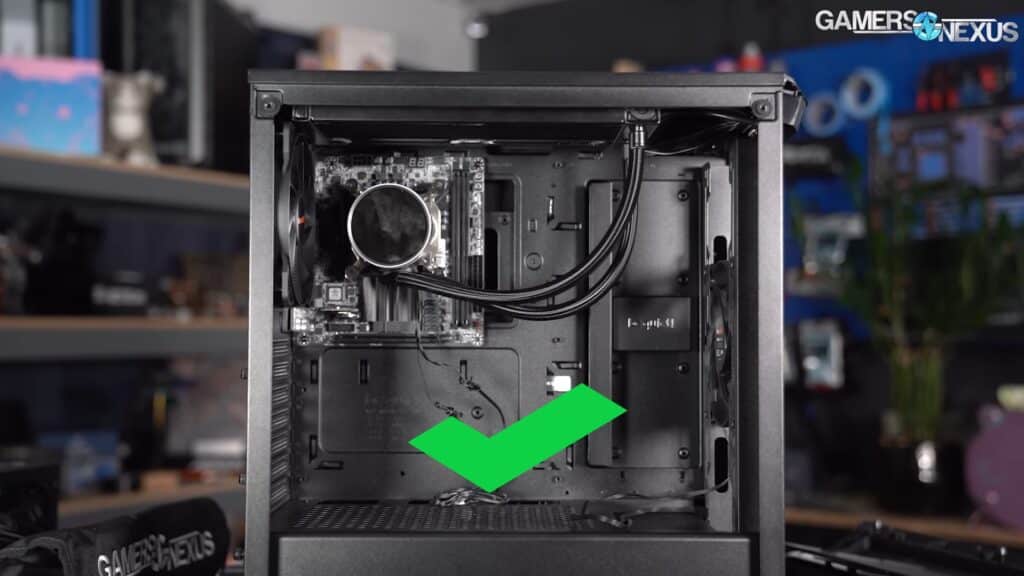
In images (3) and (4), you can see the correct orientation of an AIO liquid cooler with the radiator mounted either at the front or the top of the PC case. As a rule of thumb, you should also always have the tubes down in order not to capture any air.
Any rattling or coil whining sounds that your water cooler may have made should be resolved by placing the radiator in the correct position.
Reason #2: Trapped Bubbles
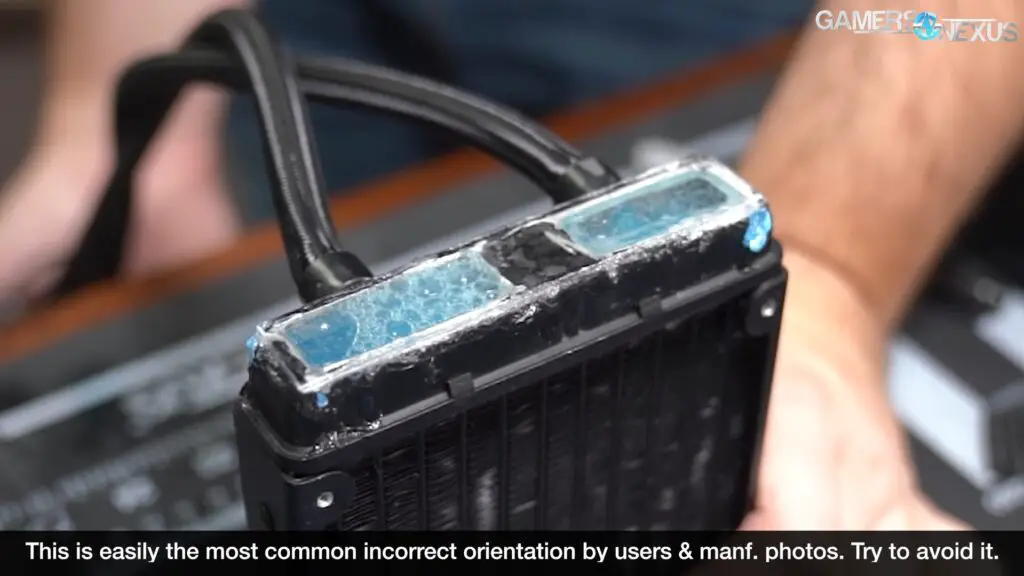
Even with the correct orientation of your liquid cooling setup, there is sometimes a chance that small air bubbles with get trapped inside the pump chamber. This can happen after prolonged periods of usage and it doesn’t necessarily mean that something is wrong with the cooler.
Solution
In order to fix these naturally trapped bubbles, perform the following steps:
- To assist in moving the air bubbles through the cooler, softly lean the computer backward and forward.
- Try to gently turn your computer about 45 degrees in multiple directions while the pump is still operating.
- If this still doesn’t work, remove the air bubbles from the pump chamber by switching the pump’s performance mode to “Extreme” and letting the pump operate for about an hour.
If your system has a standard HDD, turn it off before moving your computer while it is running to prevent any potential software crashes.
Reason #3: High-Speed Mode

Liquid coolers are typically quiet but they can get noisier as you increase their speed. It’s pretty common for people to set the profile of their cooler to high performance, which is known to produce more noise than the quiet mode, and then forget about it for years.
Now, if the cooler is brand-new, then the noise that’s produced by the high-speed mode won’t be extremely noticeable. Nevertheless, as the AIO gets older over the years, the noise may become even more apparent.
Luckily, most popular brands like Corsair, NZXT, and Cooler Master offer you complete control with their software. Therefore, use their given application to set the cooler to Quiet Mode and see if that changes anything.
Reason #4: Defective Components
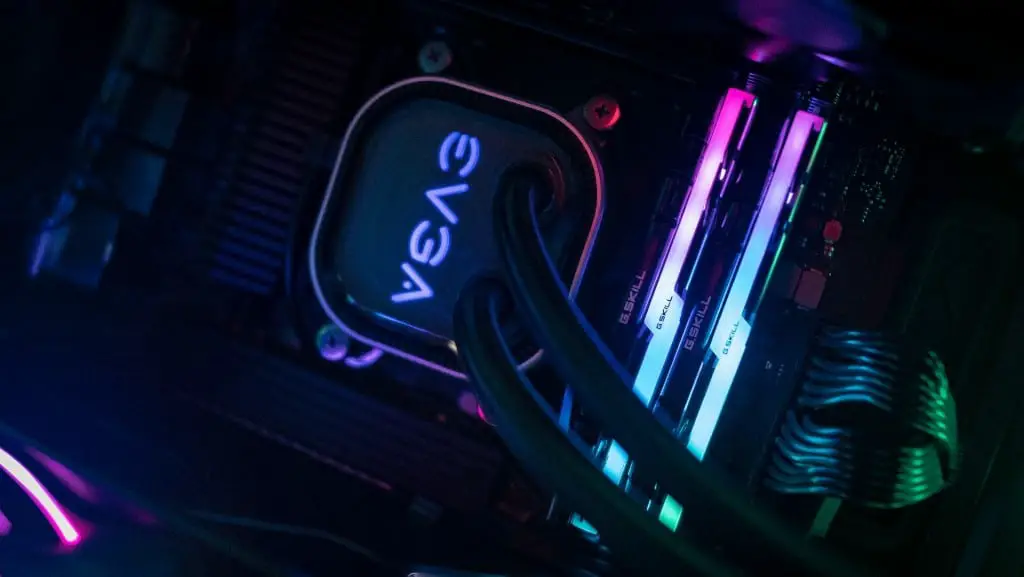
At last, if nothing works, there is a chance that your liquid cooler is defective. Components inside the pump are typically to blame for such problems, but there is no practical way to determine for sure which element of it is malfunctioning unless you are an expert.
In any case, you should contact the manufacturer to receive further assistance or activate any potential guarantee. Don’t try to mess with the cooler too much as you may void its warranty.
Conclusion
I really hope that these suggestions will help you identify the noise’s source and carry out the necessary repairs when you do need to fix your liquid cooler. If you have additional questions, let me know in the comments below.


